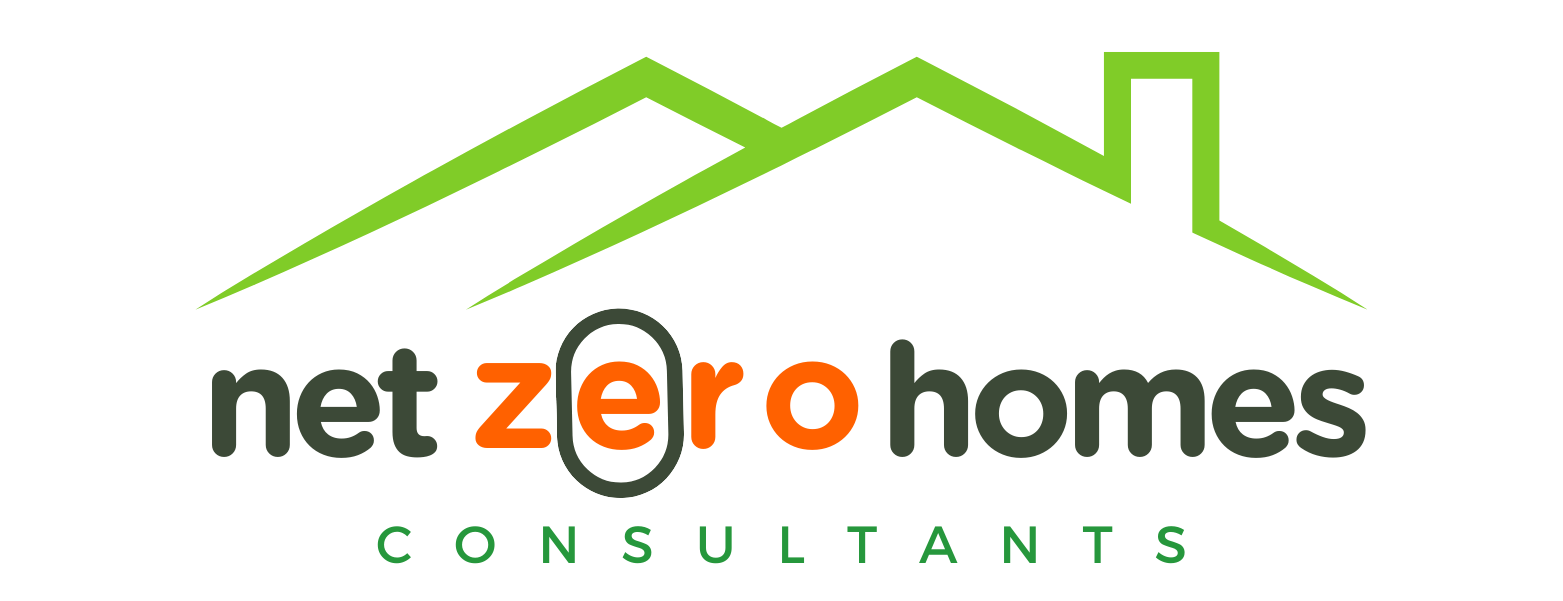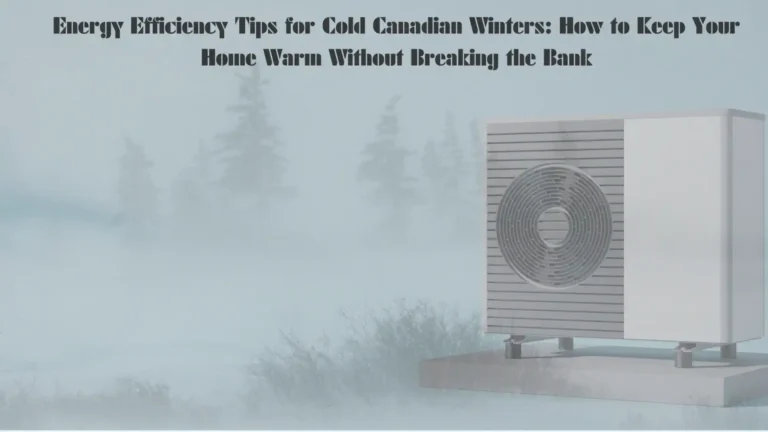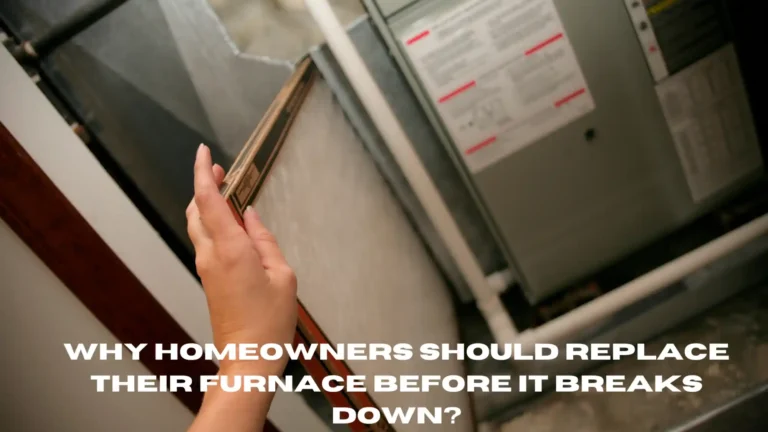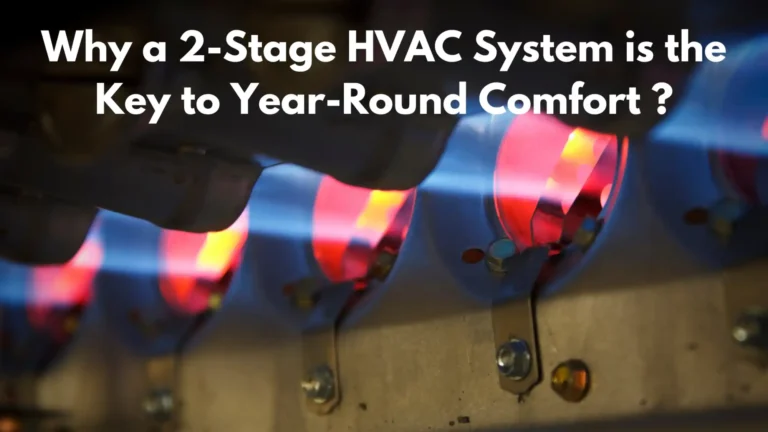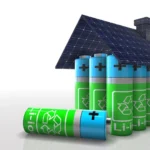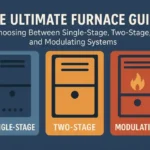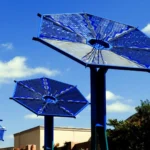Virtual appointments for canadians ONLY!
Furnace Troubleshooting Tips: Keep Your HVAC System Running Smoothly
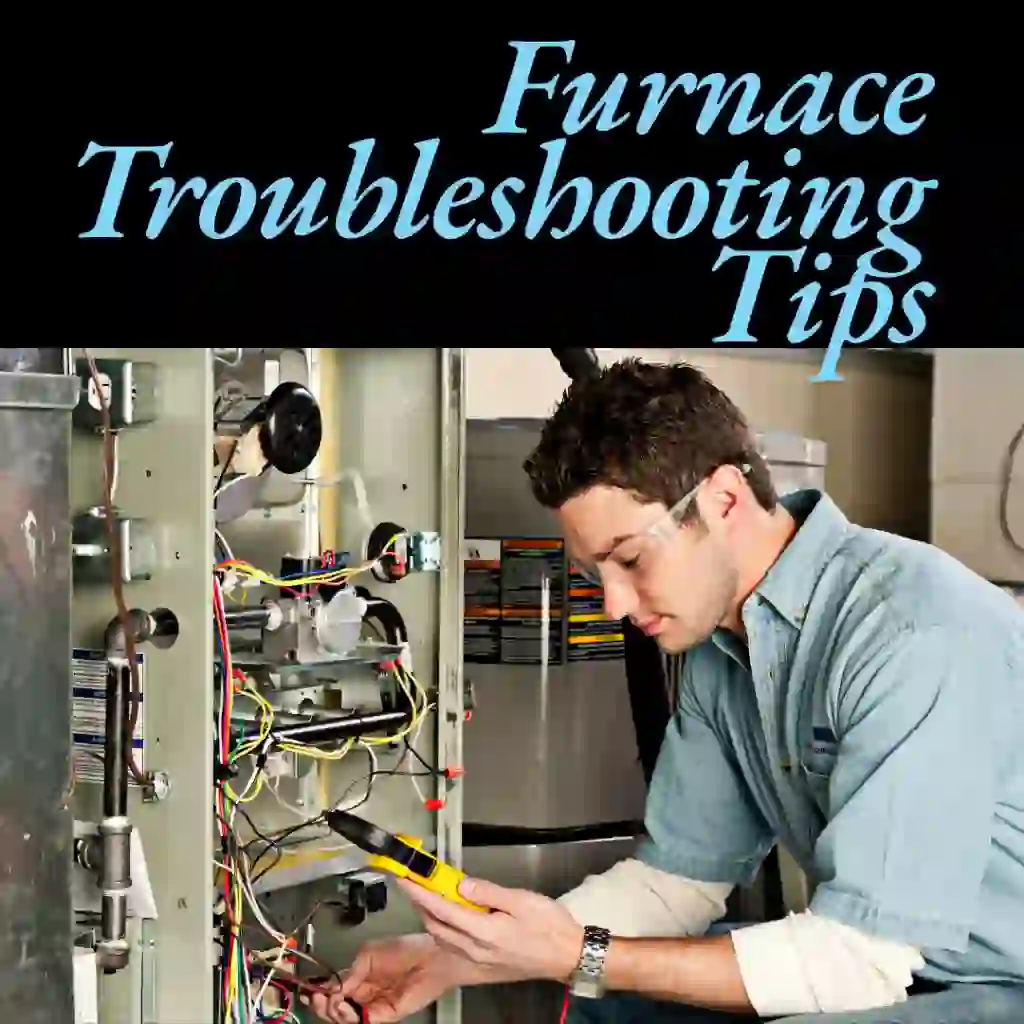

If you’re experiencing issues with your furnace, knowing some key troubleshooting tips can save you time, money, and ensure that your home remains comfortable during the colder months. Whether you have a single-stage, 2-stage furnace, or a high-efficiency model, understanding basic troubleshooting can help you catch minor problems before they require costly repairs. This guide will cover essential furnace troubleshooting tips, focusing on maximizing your HVAC system’s efficiency and avoiding air leaks.
1. Check the Thermostat Settings
Often, furnace problems can be traced back to the thermostat. Ensure your thermostat is set to “heat” and that the temperature is set higher than the current room temperature. For homes with programmable thermostats, ensure the schedule is correct and aligned with your desired heating times.
- Troubleshooting Tip: Replace batteries in your thermostat if it isn’t displaying properly or seems unresponsive.
- Advanced Tip: For a 2-stage furnace, check if your thermostat supports multi-stage heating. Not all thermostats work efficiently with these systems, impacting the performance of your HVAC system.
2. Examine the Air Filter
A clogged air filter can restrict airflow, causing your furnace to work harder than necessary and reducing overall efficiency. This can also lead to poor air quality in your home and drive up energy costs. Regularly inspect and replace air filters every 1-3 months, especially during peak seasons.
- Troubleshooting Tip: Inspect the filter for dust and debris. If it appears dark and clogged, it’s time to replace it.
- Efficiency Tip: Using a high-efficiency filter can improve your HVAC system’s performance, especially if you have a 2-stage furnace that requires optimal airflow.
3. Check for Air Leaks
Air leaks around doors, windows, or ductwork can cause your furnace to run longer as it works to replace lost heat. Sealing these air leaks can help improve your furnace’s efficiency and maintain consistent indoor temperatures, reducing strain on your HVAC system.
- Troubleshooting Tip: Conduct a walk-around inspection, feeling for drafts near windows, doors, and vents. Caulking and weather-stripping can help seal these leaks.
- HVAC Tip: Having an HVAC professional inspect your ducts can ensure that air is being properly distributed without losing heat to air leaks.
4. Inspect the Furnace Flame
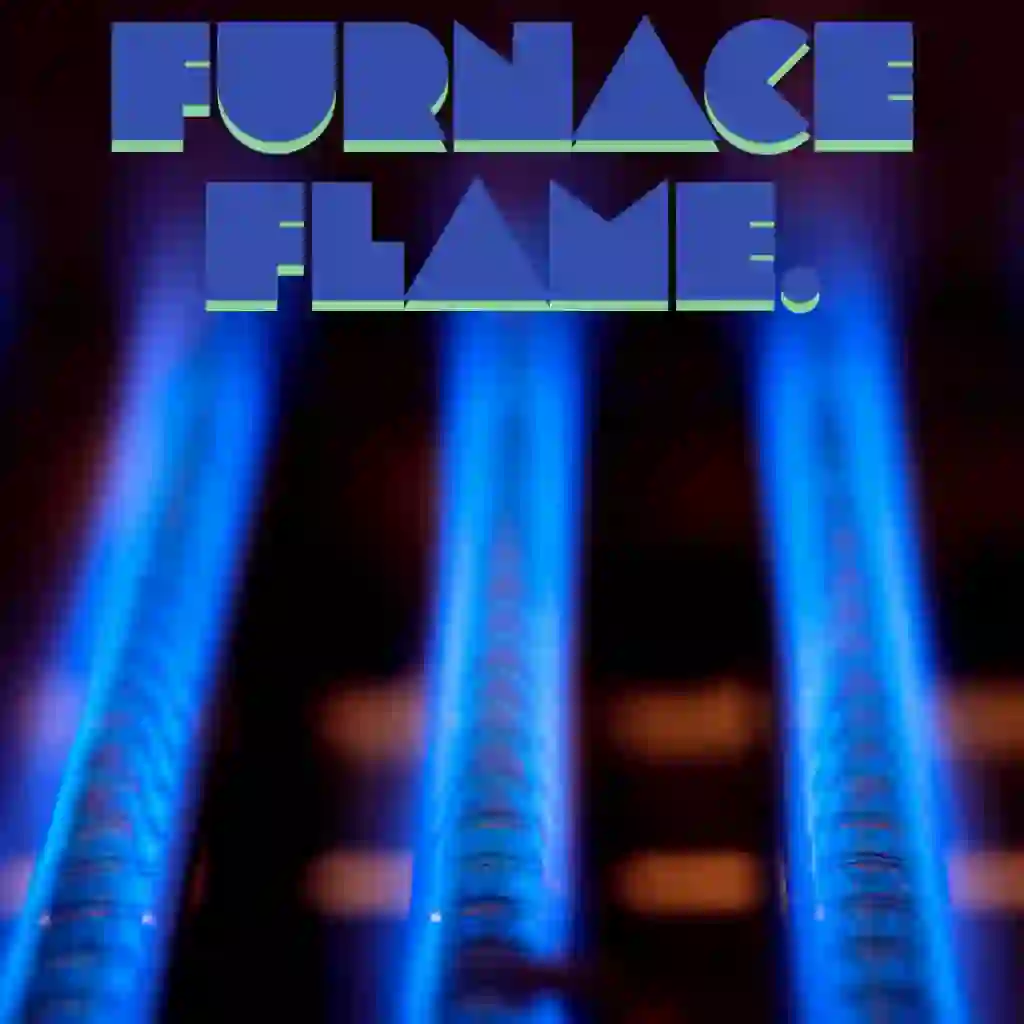
For gas furnaces, a healthy flame should be blue and steady. If the flame is yellow or flickering, this may indicate that the burner is dirty, causing improper combustion and reducing furnace efficiency.
- Safety Tip: A yellow flame may signal the presence of carbon monoxide. Turn off your furnace immediately and call a professional HVAC technician to inspect it.
- Maintenance Tip: For the best performance, have a professional clean your burners annually, especially if you have a 2-stage furnace which relies on precise burning to function optimally.
5. Ensure Proper Ventilation and Combustion Airflow
Without proper ventilation, your furnace may struggle to operate effectively. Blocked vents or air intake can cause the furnace to overheat and shut down as a safety measure. This is particularly important if your home has enhanced energy efficiency measures, like air sealing, which can limit airflow.
- Troubleshooting Tip: Check that no furniture or objects are blocking vents. Also, make sure your outdoor exhaust vent is clear of debris, snow, or ice during the winter months.
- Energy Tip: Good airflow not only reduces strain on your furnace but also allows it to work efficiently, even when solar gain during the day affects indoor temperatures.
6. Address Issues with the Furnace Blower Motor
The blower motor pushes warm air throughout your home and can become dirty or worn over time. Signs of a failing blower motor include loud noises or the fan failing to operate, leading to uneven heating. A well-maintained blower motor is especially crucial for the performance of high-efficiency HVAC systems and 2-stage furnaces.
- Troubleshooting Tip: Listen for any unusual sounds like rattling or grinding, which could indicate issues with the blower motor.
- DIY Tip: You can clean the blower area by turning off the furnace, removing the access panel, and using a vacuum to clear dust. If you’re unsure, contact a professional HVAC technician.
7. Ensure Ducts are Clean and Clear
Dust and debris can accumulate in your ductwork, limiting airflow and reducing the effectiveness of your HVAC system. Cleaning ducts can improve efficiency, especially in homes with a 2-stage furnace that requires unrestricted airflow to adjust heating levels effectively.
- Maintenance Tip: Schedule duct cleaning every few years or if you notice an increase in dust and allergens in your home.
- HVAC System Efficiency: Clean ductwork contributes to consistent temperature control and prevents extra wear on your furnace.
8. Evaluate Furnace Pilot Light or Ignition System
Older furnaces may use a pilot light, while newer models typically have an electronic ignition system. If your furnace is not igniting, check the pilot light (if applicable) or ignition system.
- Troubleshooting Tip: For pilot lights, relight following the manufacturer’s instructions. For electric ignitions, listen for clicking sounds, which could indicate that it’s trying to ignite but failing, a problem best handled by an HVAC technician.
9. Keep an Eye on Furnace Age and Efficiency
Older furnaces, even with regular maintenance, tend to lose efficiency. If your furnace is more than 15 years old, it may be time to consider upgrading to a high-efficiency model, such as a 2-stage furnace or a heat pump, which offers both heating and cooling capabilities with less energy use.
- Efficiency Tip: A high-efficiency furnace, especially when combined with energy-saving practices like air sealing and reducing solar gain, can help lower energy bills and reduce carbon footprint.
- Energy Savings: Modern furnaces with advanced technology, such as variable-speed motors, can significantly cut down on energy consumption, particularly in cold climates.
Conclusion: Keep Your Furnace Running Efficiently Year-Round
Regular furnace maintenance and troubleshooting can save you from unexpected repairs and keep your home comfortable and energy-efficient. Whether you have a standard, high-efficiency, or 2-stage furnace, proper care and attention to airflow, air leaks, and thermostat settings can make all the difference. A reliable HVAC system is an investment in your home’s comfort, energy efficiency, and long-term sustainability. For the best results, consider scheduling an annual maintenance check with a certified HVAC technician who can identify and address issues before they become major problems.
